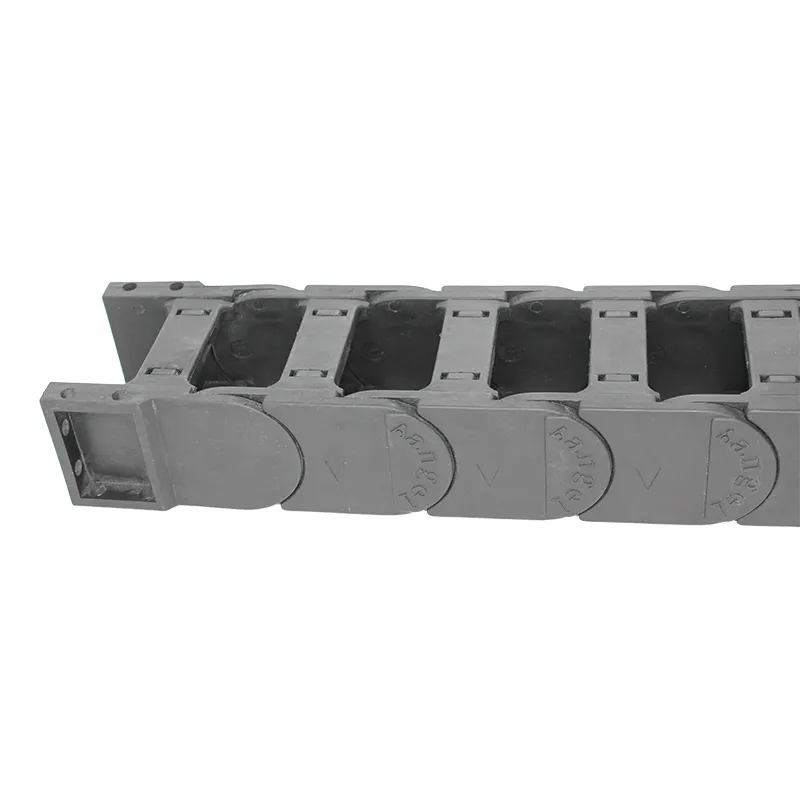drag chain price
Understanding Drag Chain Prices Factors and Trends
Drag chains, also known as energy chains or cable carriers, are essential components in various industrial applications. These chains are designed to manage and protect cables and hoses, allowing for smooth movement in automated environments. As industries increasingly adopt automation, understanding the pricing of drag chains has become critical for businesses aiming to optimize their operational efficiency.
The price of drag chains can vary significantly based on several factors. First and foremost, the material used in construction plays a vital role. Drag chains are typically made from materials such as plastic, metal, or a combination of both. High-quality plastic drag chains are lightweight and ideal for applications where weight is a concern, often coming at a lower cost compared to metal alternatives. However, metal drag chains are generally more robust and suitable for heavy-duty applications, and their prices reflect their durability.
Another factor influencing drag chain prices is the size and configuration. Drag chains come in various sizes and designs to cater to different industrial needs. Custom-sized chains often command a higher price due to the additional manufacturing processes involved. Businesses must assess their specific requirements—like the length of movement and the number of cables to be carried—to determine the most cost-effective solution.
drag chain price

In addition to material and size, the brand reputation and quality assurance can significantly affect prices. Established brands that offer reliable products may charge a premium due to their proven track record of performance and support services. However, it is essential for buyers not to compromise on quality for the sake of a lower initial investment, as this can lead to higher costs in maintenance and replacements in the long run.
Market trends also play a role in determining drag chain prices. As the demand for automation and robotics increases, the supply chain may face constraints, affecting prices. Additionally, fluctuations in material costs, such as plastic and metal prices, can trickle down to end consumers. It is vital for businesses to keep an eye on market trends and forecasts to make informed purchasing decisions.
In conclusion, understanding the pricing of drag chains involves considering multiple factors, including material, size, brand reputation, and market dynamics. Businesses looking to invest in drag chains should take the time to evaluate their specific needs and explore various options to optimize their procurement strategy. By doing so, they can ensure they are making informed decisions that balance cost and performance, ultimately contributing to superior operational efficiency.








